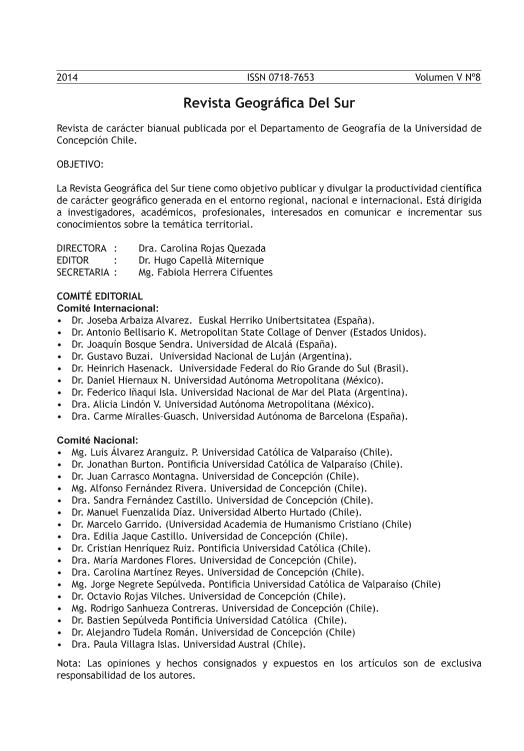Artículo
Las obras de abrigo del Puerto de Mar del Plata obstruyeron el transporte litoral desde su construcción a principios del siglo XX. Por refracción del oleaje, un banco se forma en el acceso al puerto y disminuyen los aportes sedimentarios al norte. Esta situación obliga a dragados frecuentes y al repoblamiento artificial de playas, con importantes inversiones económicas. Dichas estrategias fueron meros paliativos y no solucionaron el problema de obstaculización de la deriva costera. Estos problemas de deriva litoral también afectaron la desembocadura del río Tweed (Nueva Gales del Sur, Australia). Para evitar sus consecuencias se efectivizó una planta de “bypassing”. Los objetivos de este trabajo son: a) comparar las variables naturales y humanas que influyen en la dinámica litoral y navegabilidad en ambos sitios, y b) analizar y discutir las técnicas de mejoramiento aplicados en ambas costas . El método de trabajo involucra una revisión cartográfica, la sistematización de datos e información recopilada, la formulación de propuestas y recomendaciones. De la comparación de ambos sitios, se concluye que las estrategias implementadas en la costa australiana respetaron la dinámica costera y aseguraron su sostenibilidad, mejorando la seguridad en la navegación, y la conservación de los hábitats para organismos marinos. En el litoral de Mar del Plata, las técnicas implementadas no dieron los resultados esperados, a pesar de los costos económicos, ambientales y sociales de su puesta en práctica. Las diferencias ameritan que se considere la conveniencia e implementación de la técnica de “bypassing” en Mar del Plata. The port of Mar del Plata altered sediment dynamics since it was built at the beginning of the XX century. Due to the diffraction on waves, the access to the port is partially clogged, reducing the sediment inputs to the North. This situation requires a frequent dredging and beach nourishment repopulation with signifi cant economic investments. These strategies were palliatives and do not solve the problem: the obstruction of the coastal drift. The objectives of this exploratory work are: a) compare the human and natural variables that infl uence coastal dynamics and navigability, in two coastal sites that have similar erosion problems, the port of Mar del Plata (Argentina) and the mouth of the Tweed River, New South Wales (Australia), and b) to analyse and discuss the technique of “sand bypassing” applied by the Australian government, to address the sand defi cit at the beach of Gold Coast. The method involves are cartographic review, and the development of the theoretical framework and systematization of data and information is analysed from a comparison of the two sites. It was observed remediation strategies implemented in the Australian coastal respected the coastal dynamics and ensured its sustainability. Also, it improve the navigation safety and the effect of waves and habitat conservation for marine organisms improved. On the contrary, in Mar del Plata, traditional techniques to recover the port and beaches have not yielded the expected results, despite the economic, environmental and social aspects of its implementation. It is recommended that the technique of “sand bypassing” should be implemented in Mar del Plata harbour.
Análisis comparativo entre el Puerto de Mar del Plata, Argentina y el Río Tweed, Australia: técnicas de bypass como estrategia para superar la obstrucción de la deriva litoral
Título:
A Comparative Analysis between Mar del Plata Harbour, Argentina and Tweed River, Australia: Sand Bypassing Techniques as a Strategy to Overcome the Littoral Drift Obstruction
Pontrelli Albisetti, Melisa ; Lazarow, Neil; García, Mónica Cristina
; Lazarow, Neil; García, Mónica Cristina ; Isla, Federico Ignacio
; Isla, Federico Ignacio ; Piccolo, Maria Cintia
; Piccolo, Maria Cintia
 ; Lazarow, Neil; García, Mónica Cristina
; Lazarow, Neil; García, Mónica Cristina ; Isla, Federico Ignacio
; Isla, Federico Ignacio ; Piccolo, Maria Cintia
; Piccolo, Maria Cintia
Fecha de publicación:
08/2015
Editorial:
Universidad de Concepción. Facultad de Arquitectura, Urbanismo y Geografía. Departamento de Geografía
Revista:
Revista Geográfica del Sur
e-ISSN:
0718-7653
Idioma:
Español
Tipo de recurso:
Artículo publicado
Clasificación temática:
Resumen
Archivos asociados
Licencia
Identificadores
Colecciones
Articulos(IADO)
Articulos de INST.ARG.DE OCEANOGRAFIA (I)
Articulos de INST.ARG.DE OCEANOGRAFIA (I)
Citación
Pontrelli Albisetti, Melisa; Lazarow, Neil; García, Mónica Cristina; Isla, Federico Ignacio; Piccolo, Maria Cintia; Análisis comparativo entre el Puerto de Mar del Plata, Argentina y el Río Tweed, Australia: técnicas de bypass como estrategia para superar la obstrucción de la deriva litoral; Universidad de Concepción. Facultad de Arquitectura, Urbanismo y Geografía. Departamento de Geografía; Revista Geográfica del Sur; 5; 8; 8-2015; 42-58
Compartir



